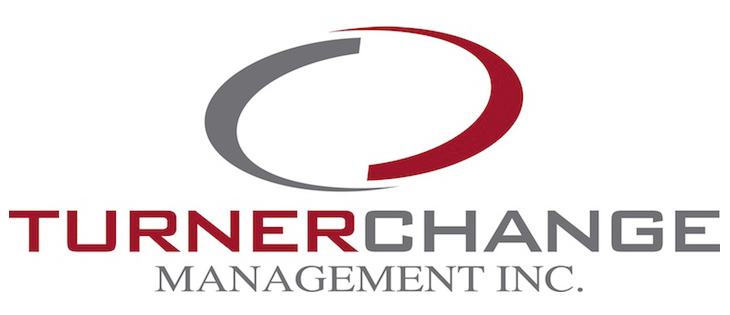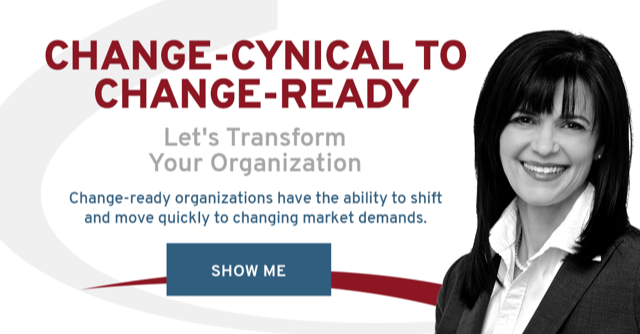Empathy is the ability to recognize and connect with another person’s experiences, beliefs, and feelings or, sometimes, as in the case of organizational change, a group of people. It is the ability to put ourselves in another person’s shoes.
Often considered a “soft” leadership skill, empathy is critical, especially during change. It is also one of the more challenging skills of leadership to cultivate and practice. In my book Launch Lead Live, empathy is one of the seven characteristics of a successful change leader.
Empathy Builds Readiness
Organizational change fails because managers are often oblivious to how the change-recipients will respond, and not enough thought is given to the change-recipients perspective[1]. Empathy brings the perspective of the change recipients into clear focus.
Leaders who demonstrate empathy look to understand the change-recipients’ reactions and behaviours to the organizational changes needed. They recognize the experiences, expectations, uncertainty, and work people need to do may be very different than their own. They can recall situations that were similar for them and how they reacted. Therefore, they are less likely to label people as resistant to change.
One of the exercises I sometimes have leaders do in our Executive Change Leadership course is to imagine themselves as front-line employees, and then I ask them to list three things they would need to feel prepared and ready for the change. They often come with many more than three.
After the exercise, the leaders are more conscious of gaps in their planning and can create a plan from the change recipients’ perspective. Thus, making their change management efforts more focused and helpful guide the transition and prevent resistance.
Empathy Doesn’t Mean Making People Happy
Demonstrating empathy during change doesn’t mean making everyone happy, not making tough decisions, or not having timelines. It does mean acknowledging, respecting (without judgement), and connecting with your employees’ view of the change experience. And helping them move through the transition.
 While working on a significant transformation with a very tight timeline, we became concerned when people seemed to be struggling more than expected. The changes were complex; people were having difficulty letting go and learning the new activities. We raised our concern with the senior VP and sponsor. He talked and asked questions to understand more about the difficulties. Then he asked what could be done to help them through this challenging period.
While working on a significant transformation with a very tight timeline, we became concerned when people seemed to be struggling more than expected. The changes were complex; people were having difficulty letting go and learning the new activities. We raised our concern with the senior VP and sponsor. He talked and asked questions to understand more about the difficulties. Then he asked what could be done to help them through this challenging period.
It would have been easy for him to discount or label their discomfort as resistance and continue to push forward, but he didn’t. We slowed down, connected with the people affected, acknowledged their discomfort, asked what they needed and followed through.
Given the benefits of empathy, making time to develop the skills needed is worth the effort.
Developing Empathy
All of us have some innate ability to empathize. One reason for our innate ability is our mirror neuron system. Our mirror neuron system is a network of nerve cells that activate when we watch someone else take action and is the basis for empathy[2].
This innate ability is a good start. But cultivating your empathy skills and learning how to build empathy into your change-leadership practice will enable healthier and more sustainable change for your organization.
Daniel Goleman states there are three types of empathy. These are cognitive, emotional and empathetic concern. Cognitive empathy is the ability to see things from another person’s perspective. We have connected at an intellectual level.
Emotional empathy is when we also feel what the other person feels. For example, when you feel (physically and emotionally) your colleague’s excitement about their promotion. Daniel Goleman states this empathy is critical for leadership because it’s this type of empathy that creates rapport and chemistry with people.[3]
Finally, the third kind of empathy is empathetic concern. This type of empathy is what triggers our desire to help. Daniel Goleman states it’s this type of empathy that makes leaders outstanding.
And according to Daniel Goleman, the most effective leaders have all three going at full strength. The ability to tap into and use all three levels of empathy is critical to your organizational change success.
Three Questions to Cultivate Empathy
Sometimes, during change and when we feel a sense of urgency to do things quickly, it’s easy to overlook empathy. However, taking the time to pause and ask a few simple questions will make a dramatic difference to your organizational efforts and give you a higher return on your investment. Here are three questions that can help you practice empathy.
- What does the change look and feel like for the people who will be affected?
- Have I ever felt that way in a similar situation?
- What can I do to help them move through this transition with less stress?
References
[1] Holt, D. and J. Vardaman (2013). “Toward a comprehensive understanding of readiness for change: The case for an expanded conceptualization.” Journal of Change Management 13(9): 9-18.
[2] Fabritius, F. and H. Hagemann (2017). The Leading Brain Powerful science-based strategies for achieving peak performance.
[3] Goleman, Daniel Three Different Types of Empathy https://www.youtube.com/watch?v=WdDVvLEKoc8



